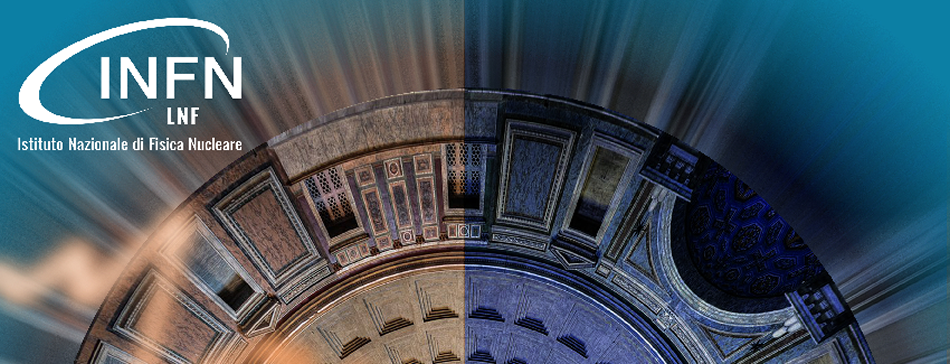Speaker
Description
For the high-luminosity LHC (HL-LHC), CMS will install a completely new silicon tracker. The future outer tracker will consist of two barrel parts and two endcaps (TEDD), one on each side. One endcap is made of five double-disks. One double disk is assembled from four half disks (Dees) on which the detector modules are mounted. The Dees are a highly embedded carbon fiber and foam sandwich with integrated cooling pipes and module positioning inserts.
Due to its large and homogeneous power density, the PS detector modules need to be cooled from their entire underside of about 5 x 13 cm2 area. The carbon fiber facings of the Dees act as cooling surface. Carbon foam blocks are glued to the embedded cooling pipes and to the facing to facilitate the cooling of the Dee surface. The integrity of the carbon foam blocks and the proper gluing to the facing is important to establish the necessary cooling contact and needs to be validated during the Dee reception testing. A test system using infrared imaging has been built to discover non-conformities that would lead to a deteriorated cooling performance. The capabilities of this system has been demonstrated by extensively studying the Dee prototype. The infrared measurement setup will be presented and results obtained from measurements of prototypes will be discussed.
One challenge is the identification of a thermal interface material (TIM) conforming to the requirements. The TIM must have a low thermal resistance even when used without pressure, re-workable in a potential module exchange, be radiation hard to the expected dose levels and an application technique has to be found, respecting the constrains of the handling of the fragile modules. Several candidate materials are being studied, with a focus on a two component self-curing thermal gap filler. The thermal performance and the mechanical properties of the TIM is being studied in preparation of an irradiation campaign to verify the material parameters at the end of life of the experiment. In this context a new thermal conductivity measurement setup has been built, commissioned and used to quantify the thermal performance of the candidate materials. The thermal conductivity measurement setup will be presented and the results will be discussed. The results of the mechanical testing will be presented as well as the plans and tests for the application of the material when integrating detector modules.

